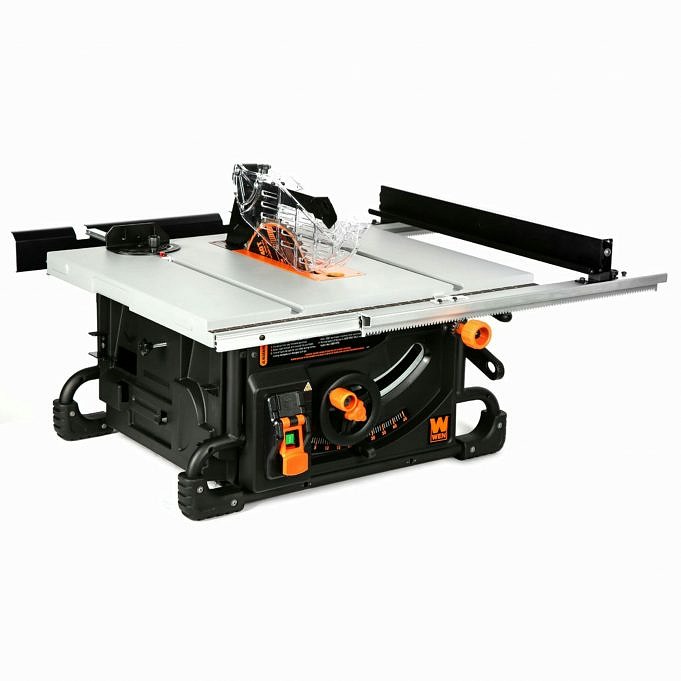One World Technologies Inc. et. al. lawsuit centers on whether the table saw being used when Osorios accident occurred was defective. According to court records, Osorios claims that the Ryobi BTS 15 table saw was defective. It did not have an independent riving knife or user-friendly guarding system. Also, the saw didn’t include SawStop technology, which detects contact between a person with the table saw’s spinning blade. The latter was the focus of the proceedings.
There are many opinions on flesh-detecting technology. When was the technology available and when was ready to use? Lets take a look at the timeline.
Dr. Stephen Gass invented SawStop in 1999.
One World stated that SawStop technology was not economically or mechanically feasible in the late 2000/early 2001 versions. According to court documents, systems of this design cannot be installed on small saws without reengineering them. This could lead to higher prices. (Benchtop saws are direct-drive saws and the technology that SawStop uses on its saws requires a way for the blade, once stopped, to quickly fall into the cabinet and away from the operator.
Court records indicate that in January 2002, One World executed a licensing agreement that Gass did not countersign. Negotiations ended. Osorios attorney claims that Gass made a few minor changes to the agreement, and One World did not respond. This inexplicably ended negotiations. One World had decided to join a joint venture to develop an alternative technology with other major table saw producers, which each of them had previously stopped talks with Gass.
As for that joint venture, court records report that there is a joint venture (set up in 2003) in existence today. It is called the PTI (Power Tool Institute), Blade Contact Joint Venture. According to court documents, there has been a prototype developed by the PTI Blade Contact Joint Venture that was provided by the Joint Ventures third-party vendors.
Gass and his partners made their own saws in late 2002. Ryobi started production of the BTS 15 in 2003. Ryobi also manufactured the BTS 15 Osorio used for his October 2004 project. In late 2004, SawStop LLC, the company that Gass and his partners started, released its first full production run of the Industrial Cabinet Saws with a sales price, according to court records. (Osorios attorneys place the release of the production run at mid-2004, just before the subject table saw was manufactured.)
Thats a huge number of saws, and a market ripe for flesh-detecting technology. Despite Gass’ breakthrough, we find ourselves 10 years later and no company, even SawStop, LLC, is in the benchtop market.
Benchtop saws could disappear if flesh-detecting technology was widely adopted in the industry.



